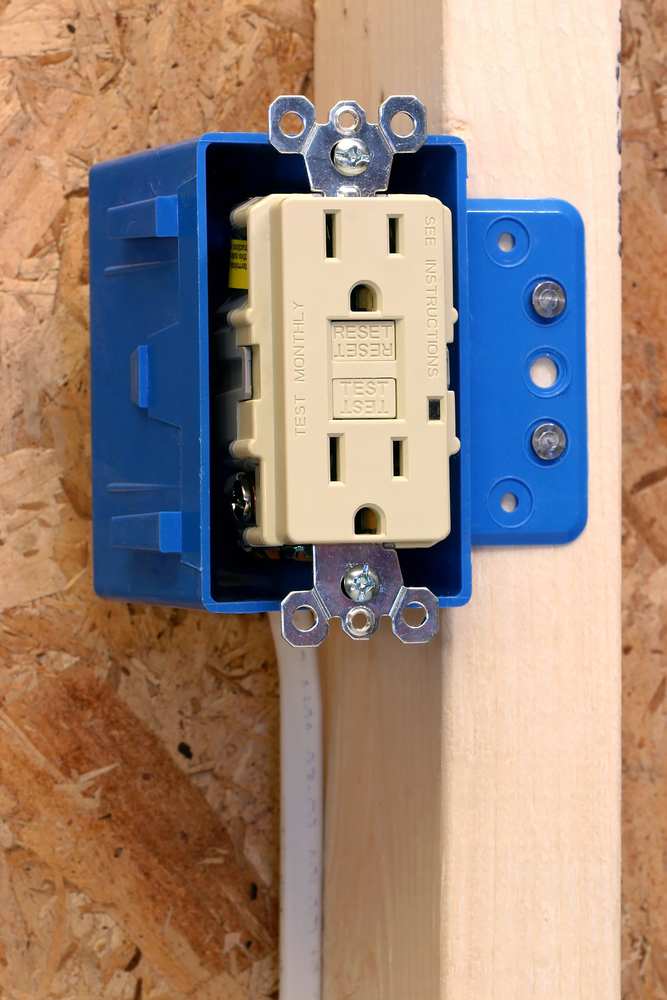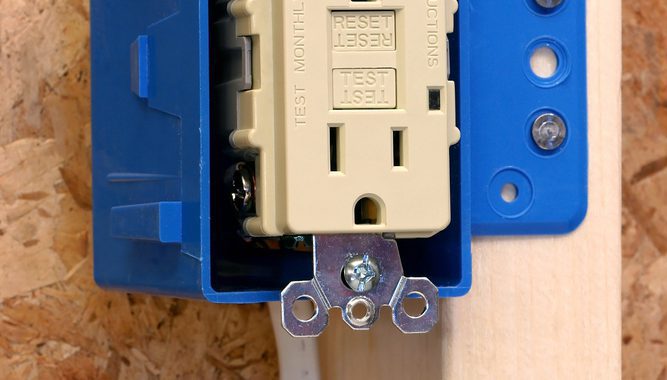Every year thousands are killed or injured in house fires. No one wants to become part of America’s national house fire statistics. When was the last time your home had its electrical system inspected for the sake of safety? Chances are, it’s been too long. There may be some hidden fire hazards surrounding you and your family. Here are four steps you can take to reduce your risk of a house fire.
1. Electrical System Inspection
The first step to take is to have a professional inspection of your home’s electrical system. Three of the 5 most common causes of house fires reported by fire experts are directly related to a home’s electrical system: faulty outlets, faulty light fixtures, and outdated wiring. A home inspection will identify any problems with outlets, fixtures, wiring or electrical panels.
2. Furnace & AC Inspection & Service
Have your home’s furnace and air conditioner inspected and serviced regularly. Debris can collect in outside units. Clogged air filters can affect airflow. Components like belts, bearings and motors age and need to be replaced. Coils in the furnace require routine cleaning. All of these elements can affect the operation efficiency of an HVAC system. A system that is overworking to compensate for problems can overheat, increasing risk of fire. The National Fire Protection Association (NFPA) reports that nearly 20% of home fires are caused by residential furnaces and air conditioners.
3. Update Your Electrical Panel
Do you live in an older home? Take a look at your electrical panel. Does it have a capacity less than 200 amps? It is probably not capable of meeting the demands of a modern home that is filled with appliances and electrical equipment – like multiple televisions, computers and gaming systems. Lower your home’s fire risk from an overloaded electrical system by updating and modernizing your electrical panel.
 4. Install GFCI Outlets
4. Install GFCI Outlets
Ground Fault Circuit Interrupters (GFCI) are safety featuresan older home might not have. Those are the electrical outlets with little buttons that trip if a difference between the outflow and inflow of electricity through a circuit is detected. The purpose of a GFCI is to prevent shocks and electrocution. GFCIs are recommended where appliances and power tools are used in close proximity to water. Your bathrooms and kitchen are the most common rooms that feature this safety device. Homes with GFCIs have a significant lower risk of fire or electrical shock.






